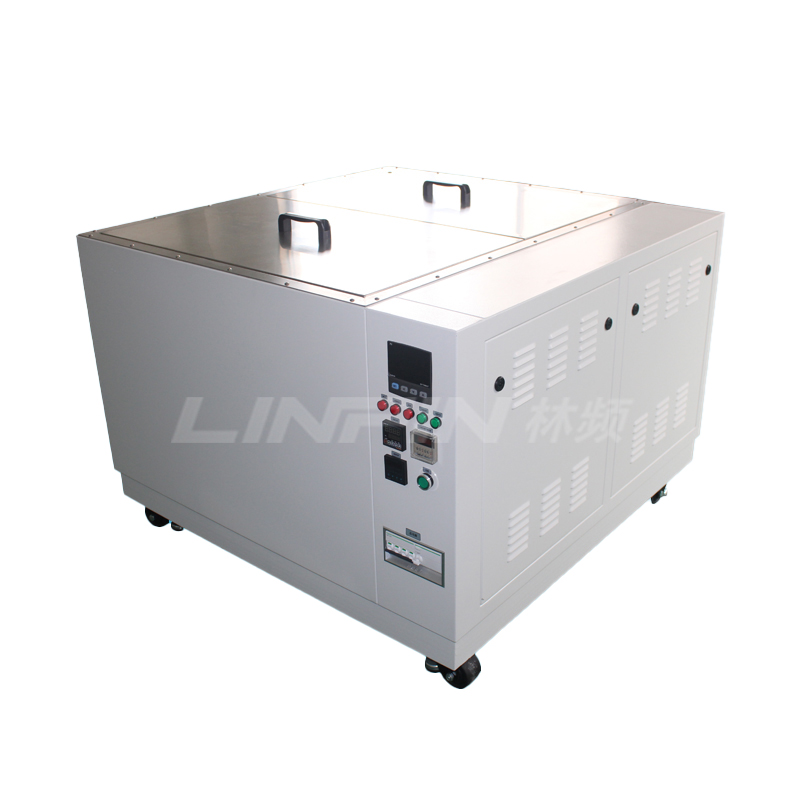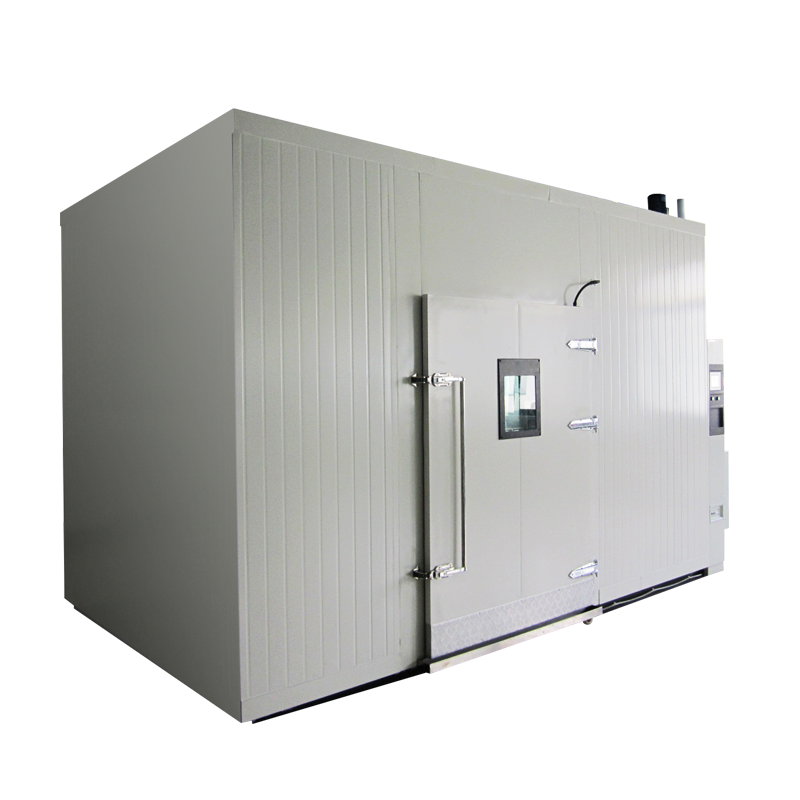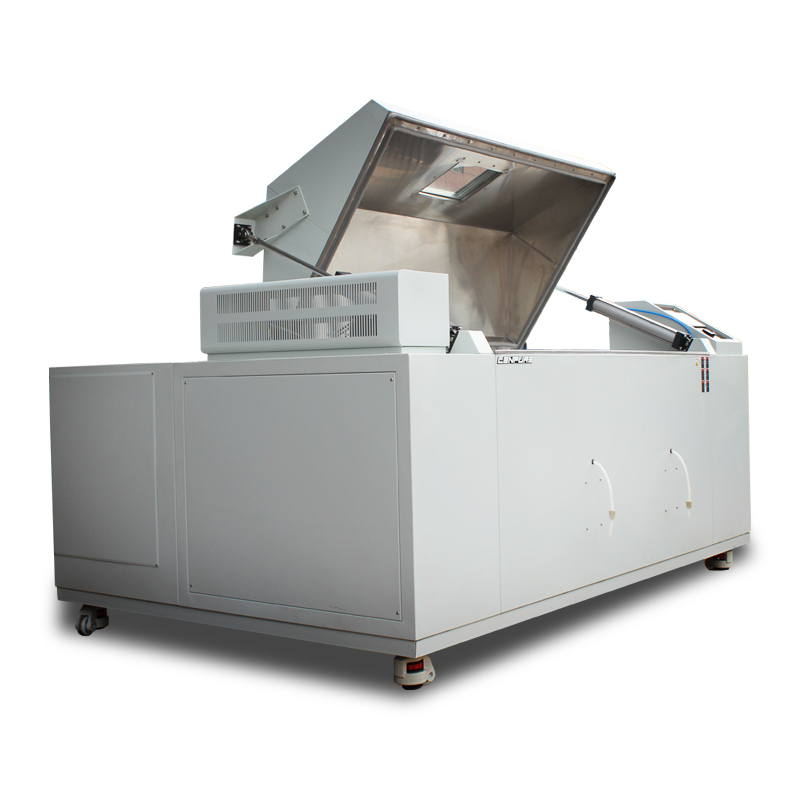Do you know why ultra-low temperature test chambers use liquid nitrogen for refrigeration?
Author:LINPIN Update Time:2025-04-21 Source:LINPINUltra-low temperature test chambers are devices used to simulate extreme low-temperature environments, typically employed in scientific research, laboratories, and industrial production. In such test chambers, temperatures can usually be lowered to -80°C or even lower ranges. To achieve such extremely low temperatures, liquid nitrogen is commonly used as the refrigerant.
The reasons for using liquid nitrogen refrigeration in ultra-low temperature test chambers mainly include its extremely low temperature, rapid cooling speed, and applicability within specific temperature ranges.

-
Extremely Low Temperature: The boiling point of liquid nitrogen is extremely low, reaching -196°C, which enables ultra-low temperature test chambers using liquid nitrogen to achieve ultra-low temperatures, meeting the experimental needs for cryogenic treatment of materials.
-
Rapid Cooling Speed: Test chambers using liquid nitrogen refrigeration cool down quickly, typically designed at a rate of 10°C per minute, which is crucial for experiments requiring rapid temperature reduction.
-
Applicability in Specific Temperature Ranges: When an experimental environment below -40°C to -195°C is required, liquid nitrogen refrigeration is usually chosen. This is because ultra-low temperature test chambers using liquid nitrogen refrigeration have significant advantages in terms of temperature range and cooling speed, making them an ideal choice for cryogenic experiments.
In summary, the reasons ultra-low temperature test chambers use liquid nitrogen refrigeration mainly include its extremely low temperature, rapid cooling speed, excellent stability, and the fact that it does not damage samples. Therefore, liquid nitrogen refrigeration has become the preferred cooling method for ultra-low temperature test chambers.





